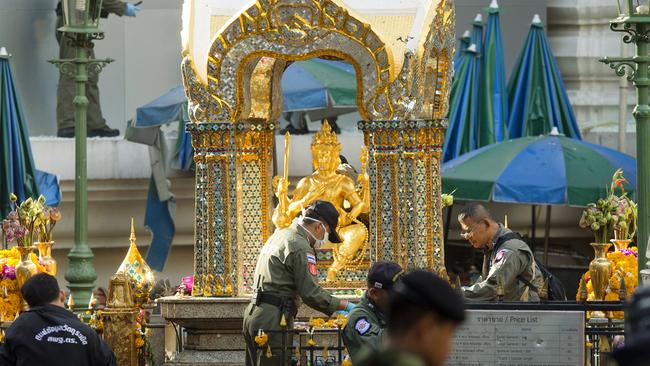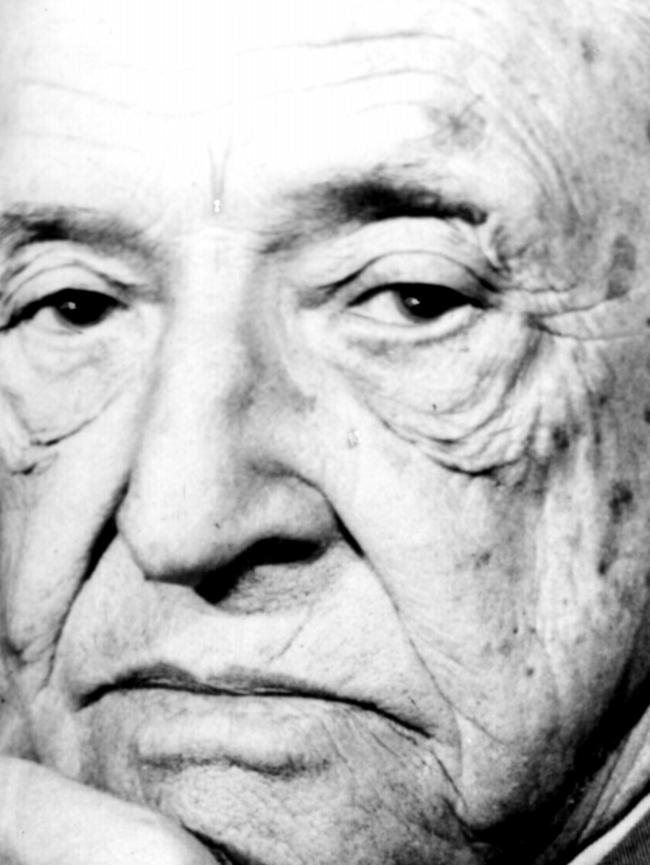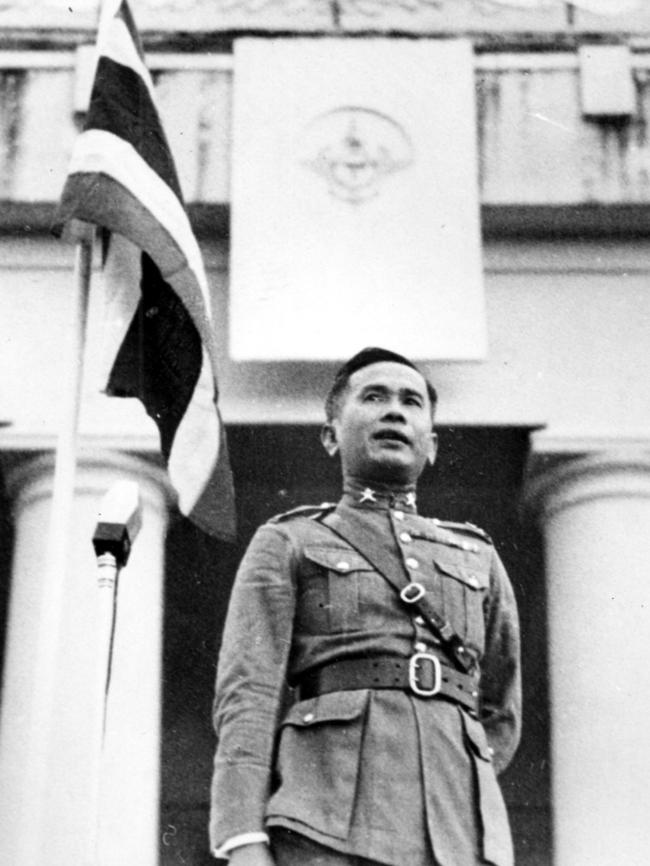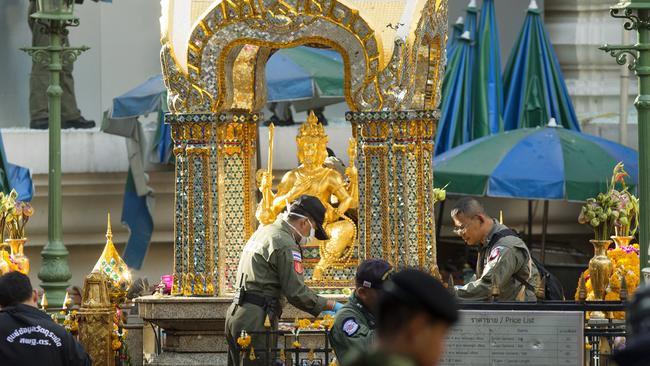Bangkok blast shrine built to lift a curse
THE bomb that rocked Bangkok was detonated at a popular tourist spot with a checkered history.

Today in History
Don't miss out on the headlines from Today in History. Followed categories will be added to My News.
For centuries it was a strange, mysterious, impenetrable place known as Siam but since the 19th century the country later renamed Thailand has become a popular tourist destination.
Although the shrine is not one of the country’s ancient treasures it has a colourful past, rooted in Thailand’s transformation from closed land to travel destination.
EUROPEANS ARRIVE
Although there had long been trade with other Asian countries, the first Europeans to visit Siam were Portuguese ambassadors in the 16th century. The Siamese remained suspicious of Westerners and their increasing presence in Asia through the 17th and 18th centuries.
However, in the 19th century several treaties were signed with Western countries, opening up trade and other forms of exchange.
After the signing of the Bowring Treaty with the UK in 1855 and the Harris Treaty with the US in 1856, Thailand’s first hotel, the Oriental, was opened in Bangkok in 1856.

Ostensibly a place for visiting captains to sleep when they were in Bangkok Harbour, it burned down in 1865 but a group of Danish sea captains got together to build a replacement hotel in 1879. The hotel had the blessing of the royal family who encouraged greater investment and improvements in the 1880s to make it fit for foreign royalty.
CELEBRITY HAUNT
The hotel became famous worldwide for its luxury, inspiring the building of other hotels in the city. Helped along by the public works improving Bangkok, which had only become the capital in 1782, tourism began to boom. In the 1920s and ’30s Bangkok was a fashionable destination for writers, actors and socialites. Writer W. Somerset Maugham even had a suite named after him in the Oriental Hotel (mentioned in the song One Night In Bangkok).
Prime minister Phibun Songkhram changed the name of the country from Siam to Thailand in 1938 and there was a mood of optimism about the nation’s drive to modernise.

World War II was an unwanted interruption to the tourist traffic but the defeat of the Japanese in 1945 saw a renewal of the program of modernisation and subsequently a boom in foreign visitors.
Songkhram, who had been forced to resign in 1944 because of his collaboration with the Japanese, lived down his past and returned to power in 1948, implementing a huge public works program. Among the works into which he poured government money was the building of the Erawan Hotel at a prominent city intersection called Ratchaprasong, to cope with the influx of foreign guests. In 1951 the wealthy and notoriously corrupt director of Thailand’s national police, Phao Sriyanond, was appointed chairman of the construction project.
MYSTIC ADVICE
Plagued by delays and accidents, advice was sought from a mystic who told them the hotel’s foundations had been laid on an inauspicious day. To counter this they were instructed to build a shrine to Phra Phrom, the Thai name for the Hindu creator god Brahman, said to be a patron of builders. The shrine was commissioned from Thailand’s Fine Arts Department, with a four-faced gilt plaster statue of Phra Phrom designed by artist Jitr Pimkowit. It was unveiled in November, 1956. Worksite accidents stopped, construction was completed and the hotel was finally opened.

The shrine was close to many hotels, bars and shops and became a favourite rendezvous point or photographic subject for tourists and a site of religious pilgrimage. Despite the fact it represented a Hindu deity it was also revered by Buddhists, who are the majority religious group in Thailand.
Although the hotel was demolished in 1987, replaced by the Grand Hyatt Erawan Hotel, the shrine has remained as a sacred site, meeting point and even a place for protesters to gather.
HAMMER ATTACK
In the early hours of the morning in March 2006 a man approached the Erawan Shrine and attacked the statue of Phra with a hammer. He did considerable damage to the statue before he was beaten to death by the handful of people attending the shrine. It was later revealed the man was mentally ill. The statue was replaced.
Originally published as Bangkok blast shrine built to lift a curse



